
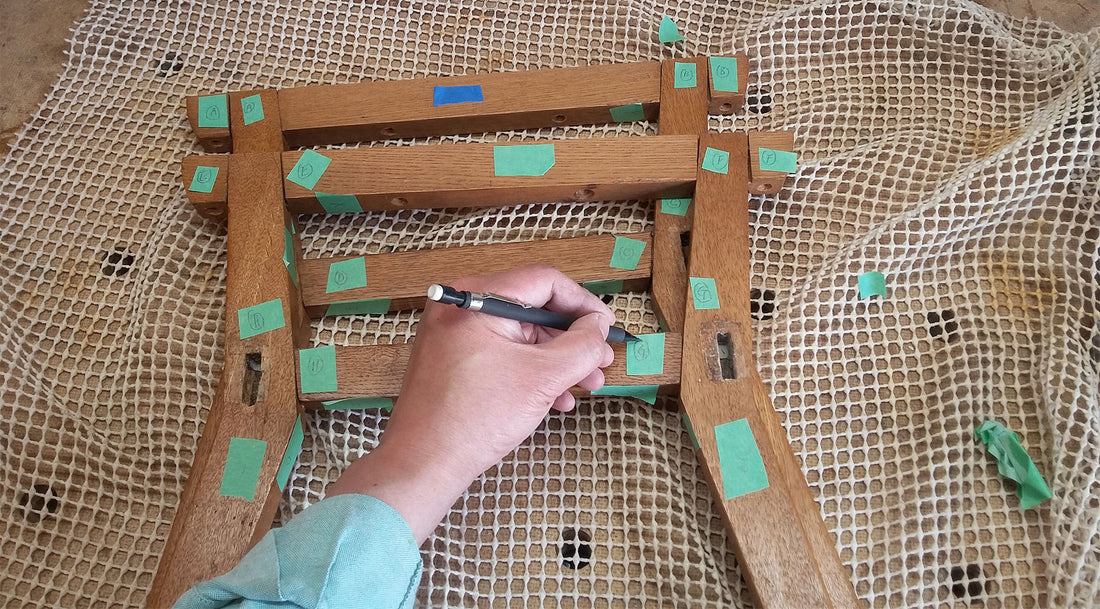
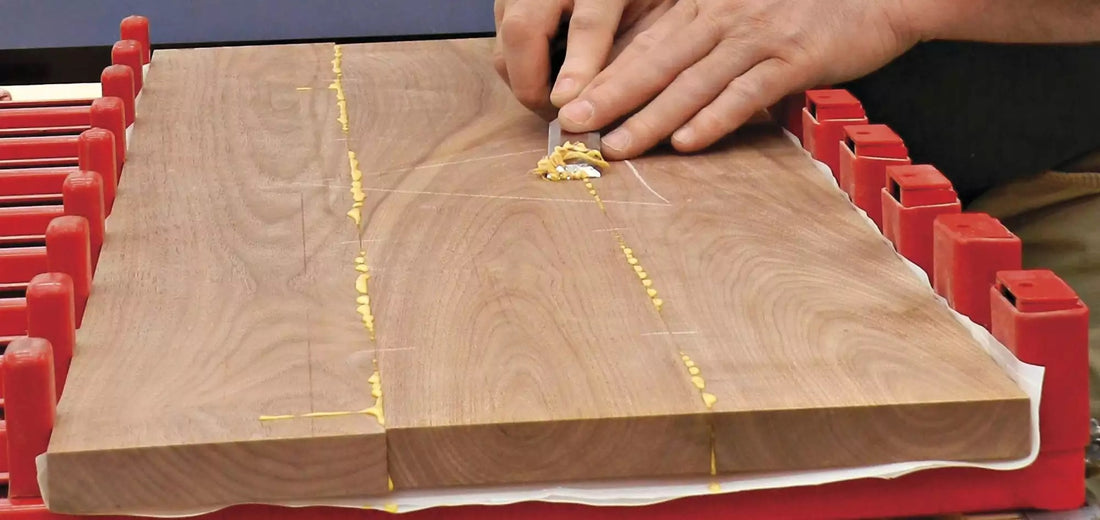
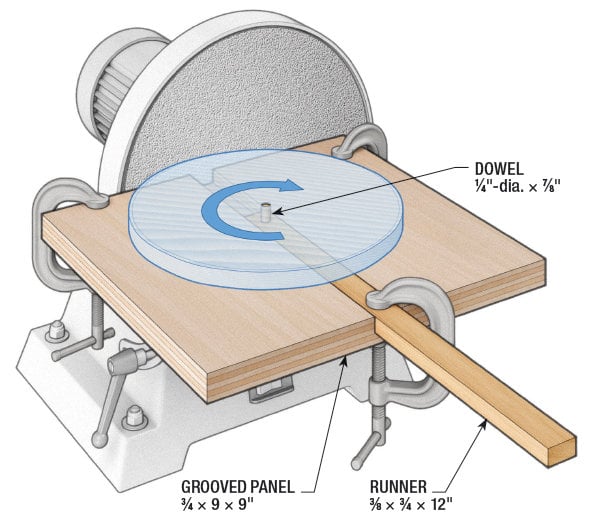
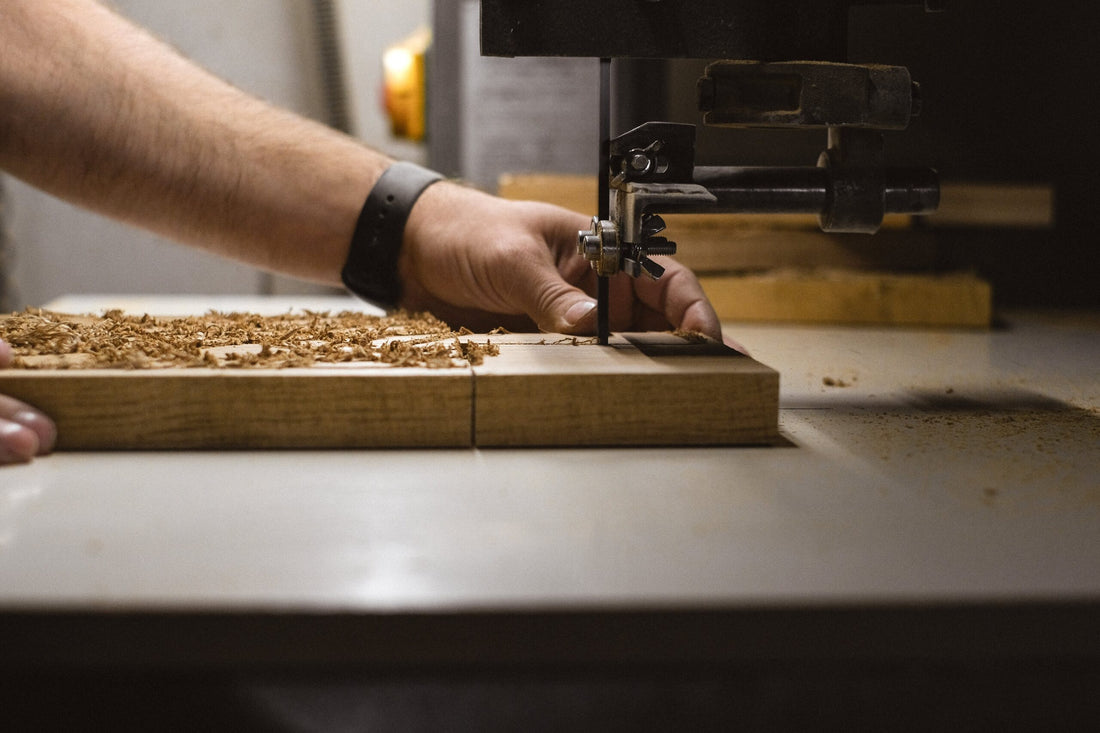
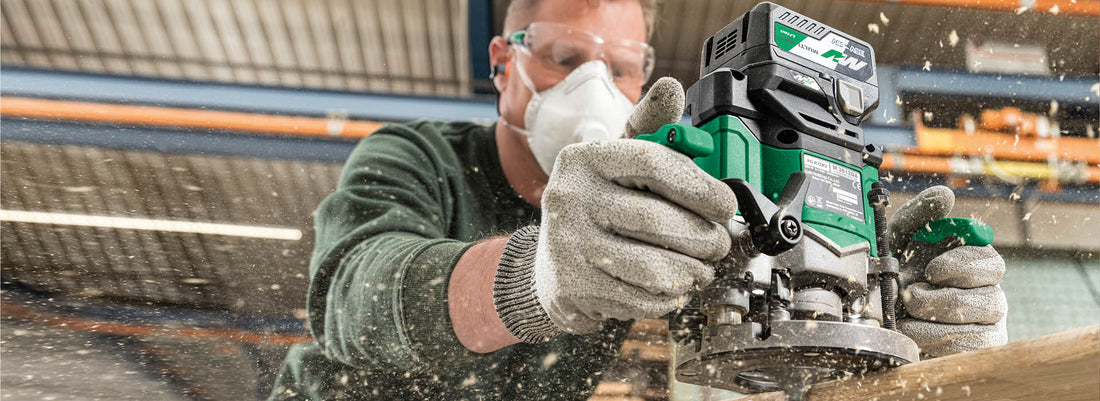
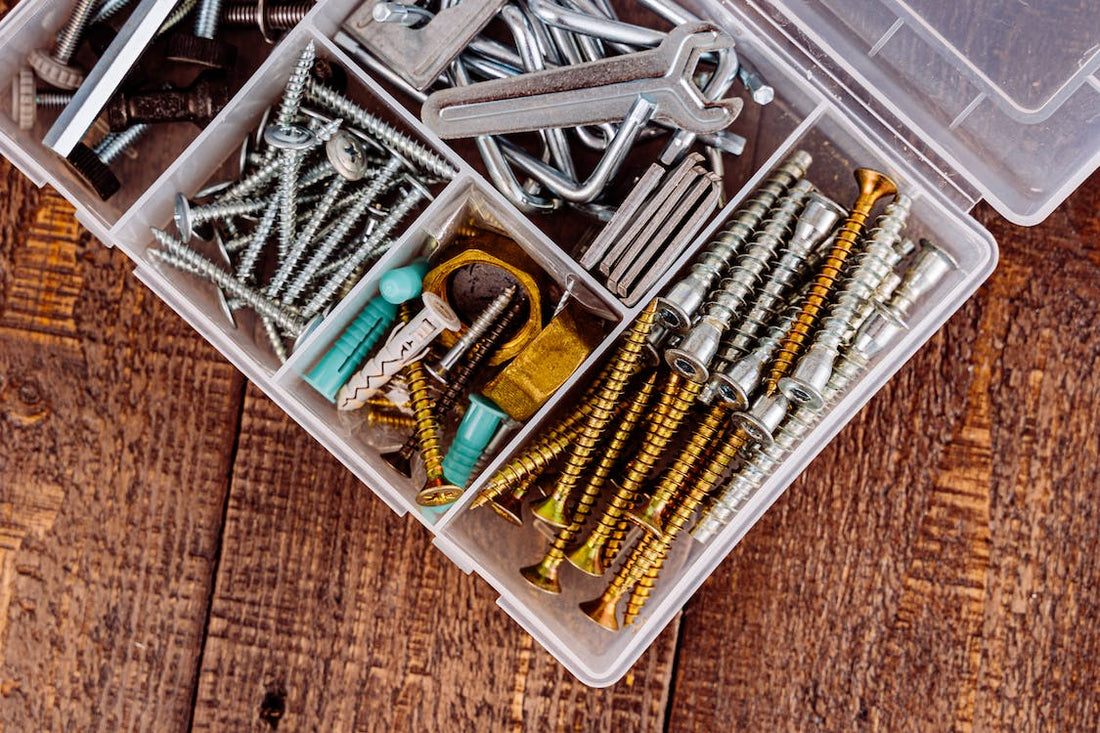
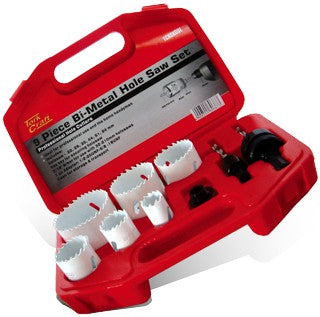
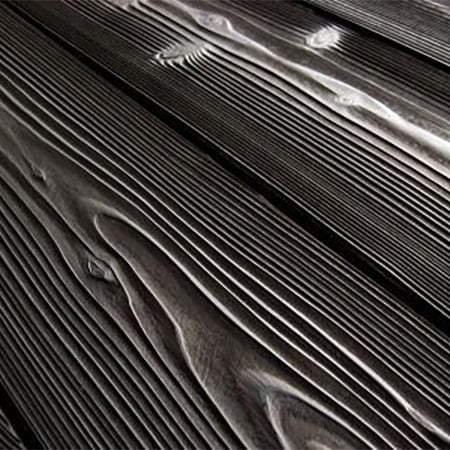
Shou Sugi Ban Wood Burning Technique
Shou Sugi Ban is the traditional Japanese method of preserving wood by charring the surface to create a waterproof finish through carbonisation.

Shou Sugi Ban is the traditional Japanese method for preserving wood by charring the surface to bring about carbonisation. This carbonisation process protects the wood against insect attack and creates a waterproof barrier without applying sealer or varnish.
In Japan, the process of Shou Sugi Ban is referred to as Yakisugi and was used as a method for charring cypress boards to make them waterproof. Yaki means to char, while sugi means cypress, so this is the method of charring cypress. Here in the west we refer to the process as Shou Sugi Ban – or to char wood planks.
Using the Shou Sugi Ban technique on pine allows you to bring out the beautiful, natural grain of this timber, and also to create pieces that are truly unique and look nothing like pine.

After treating furniture with the Shou Sugi Ban technique, it can be placed indoors or outdoors and requires very little maintenance.
Applying Shou Sugi Ban to pine or oak highlights the textural beauty of wood by revealing the wood grain.

After treating wood with the Shou Sugi Ban method, the application of coloured or tinted wood stain products highlight the beauty of the wood grain.
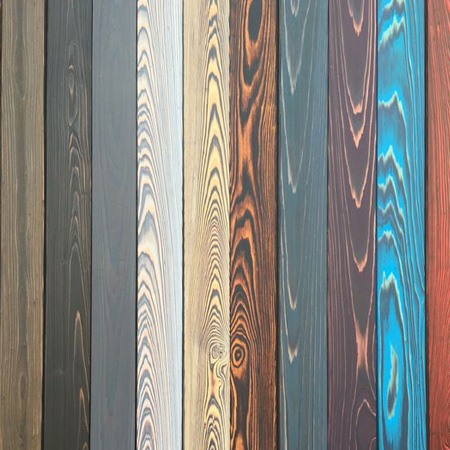
The process involved in Shou Sugi Ban is actually very simple. Using a blowtorch, the surface of the wood is burnt until you achieve a cracked or charred look. I’ve included a couple of videos below that go into more detail on how to use the Shou Sugi Ban for a variety of projects.
You will need to invest in a propane blowtorch or burner. I tried both my Dremel VersaFlame and a Skil heat gun but both don’t produce enough flame to char the wood and also take a long time. You need to see the surface of the wood cracking as it chars.
Pine is actually the best timber for this project (in the absence of cedar) as the softwood burns easily and quickly takes on the charred effect.

After charring the surface of the wood, a standard wire brush is used to remove the charred finish by brushing with the grain. The wire brush opens up the pores of the wood and slightly lifts up the grain. The dust is removed and then the piece is ready for use and can be stained or left raw.
Even though the Shou Sugi Ban method provides a waterproof finish, many prefer to apply a sealer or varnish over the surface to bring out even more detail in the grain.

Using the Shou Sugi Ban technique you can create beautiful wood furniture using pine – without the look of pine.



